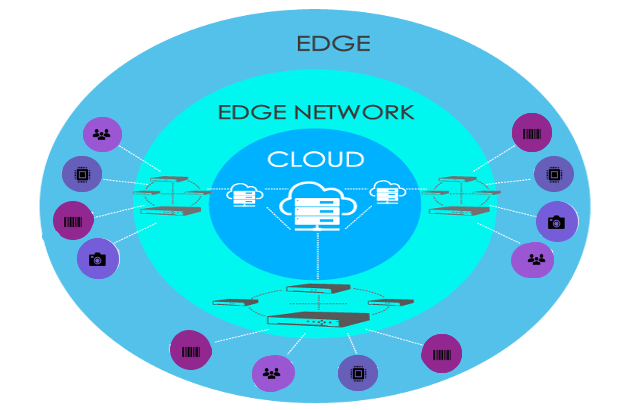Edge computing generates data operations close to the source. Data is gathered by a device and data computation takes place close to it. Business data and storage cannot exist without one another. Edge computation improves operational response not relying on a central location.
Could it help small business? Rapid data operations infrastructures grows fast, so is its use.
Here are some of the benefits of edge computing.
It improves data security as it annihilates the many data related concerns. On one hand, they can be privacy compliant. They also comply with local data regulation, and data sovereignty. On another hand, it’s no central point. Organization involved won’t experience loss in case of a security breach. Retaining data costs less. No useless redundancy and central hubs to maintain. It builds rapidly on the Internet of Things. Furthermore, it doesn’t need a specific structure. And it can stay on top of the distributed Cloud services.
The time to get a response to your data inquires declines dramatically. It’s called reducing the amount of latency. Moreover, speed to transmit the data multiplies. While improving the response time, it saves the infrastructure bandwidth.
All these benefits apply to different business areas also for small businesses. Courier companies can improve their distribution infrastructure. Direct communication speeds up while connecting peer-to-peer. The deliveries gain valuable time. The customers receive the packages faster.
Every company does marketing or outsources it. Today the winners use refined imaging tools to spread their message. Timing is essential to get to your clientele. Therefore, one of the most used product, the videos, need high speed. They will perform faster, the customers immediately sees your message. Minimum latency for your audience means more revenues for your business. Engaging the resources at this level wouldn’t be possible without edge computing.

